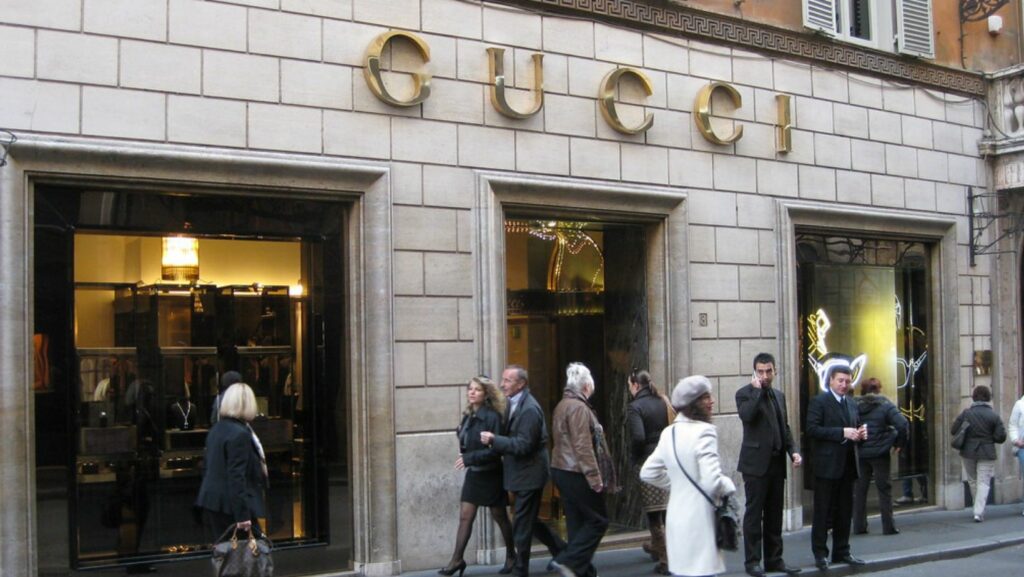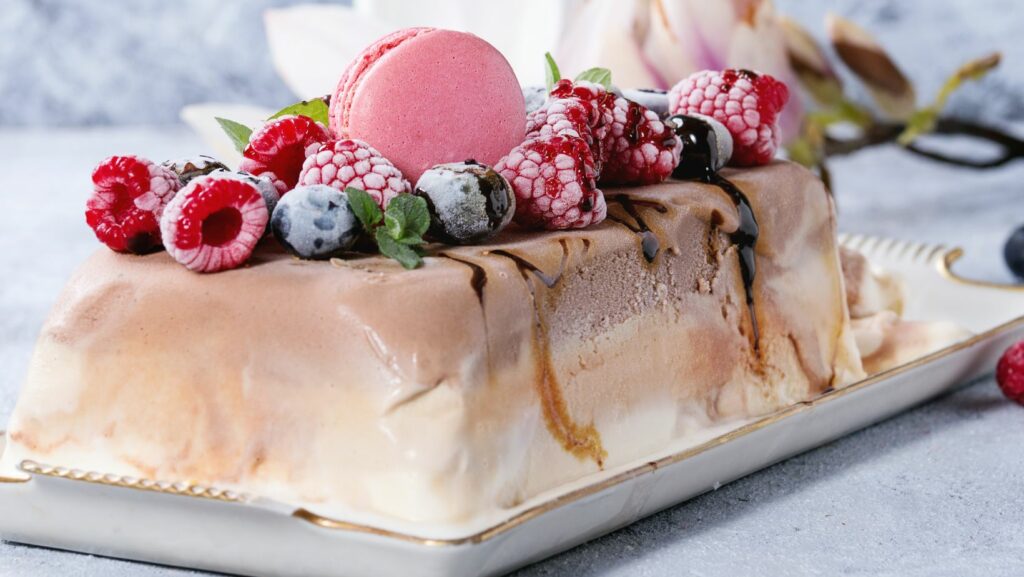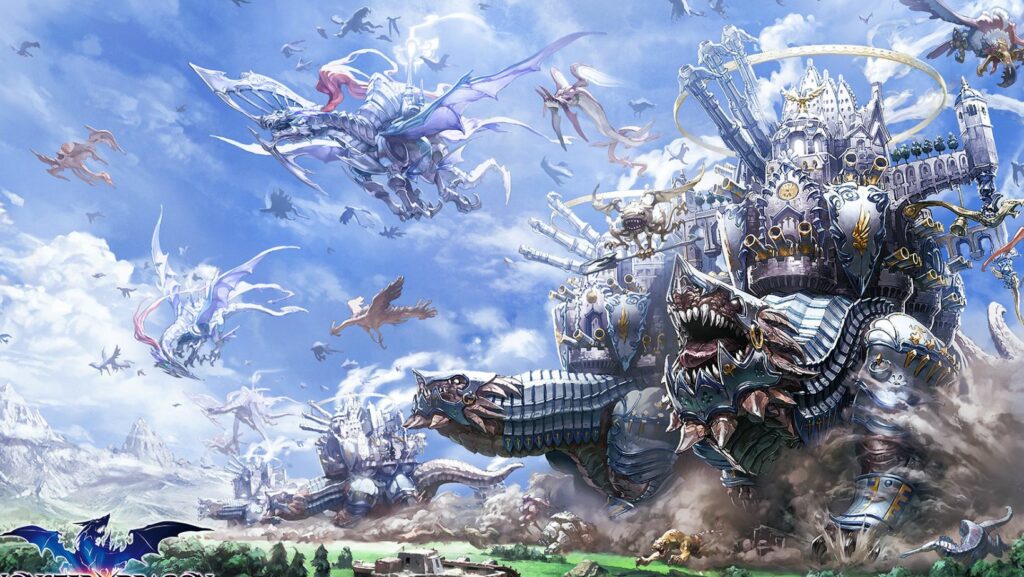
Unleash the beast of creativity with the fascinating world of “art monsters.” These aren’t your typical creatures of the night, but rather, they’re the embodiment of artistic expression at its most wild and untamed.
But what exactly is an “art monster,” and how does it influence our perception of art and creativity? Let’s delve into the monstrous depths of this captivating subject.
Art:jgcszra-dgy= Monster
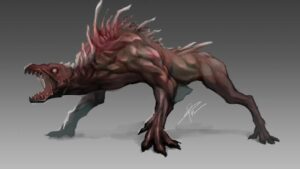
An “Art Monster” breaks traditional confines, representing an audacious approach to creative expression. Not a creature of folklore, it embodies rebellion against conventional aesthetic ideals. An Art Monster triggers emotion, navigating the crossroads of dread, imagination, and ingenuity.
In studying an Art Monster, one views art and creativity through a different lens, altering conventional perceptions. Its form is subjective, differing from one to several viewpoints, making its definition fluid, contingent on personal interpretation.
To illustrate, consider abstract paintings with monstrous figures that compel viewers to confront their deepest fears, or sculptures with exaggerated features, eliciting feelings of unease. These artistic creations capture the essence of what it means to be an Art Monster, showcasing creativity that dares to venture into unsettling territories, all while making a strong artistic statement.
Remember, Art Monsters aren’t confined to visual arts. In literature, too, authors personify ideas into monstrous entities, projecting human fears and fantasies onto the page. Ultimately, the Art Monster serves to challenge, provoke, and inspire, reshaping how art is perceived and appreciated.
Characteristics of Art Monsters
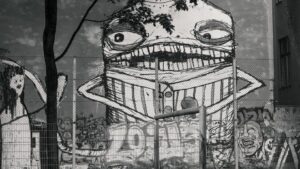
Art Monsters exhibit peculiar characteristics that differentiate them from traditional artwork. Embodying a raw, untamed element, they shake up conventional aesthetic norms. Disturbing, evocative figures commonly feature, lending a startling twist to the creative narrative. For instance, artists like Hieronymus Bosch crafted monstrous beings that encapsulate existential anxieties.
On another note, Art Monsters often possess a diverse presence, featuring heavily in the literary realm. Consider authors such as Stephen King, where their stories shape the fears and desires of characters into monstrous figurines. They are known for their emotional charge, designed to evoke strong reactions, such as shock or curiosity.
Lastly, the breaking of rules stands as a major attribute among Art Monsters. They’re aligned with the rebellious aspect of creativity, daring to warp the familiar into something entirely different. This potency in transcending limits, in any art form, underlines the substantial influence of Art Monsters in reshaping conventional aesthetics.
Art Monsters in Popular Culture
Art Monsters aren’t relegated to paintings or novels; they permeate across popular culture. On film, Guillermo Del Toro directs creatures of his creation, like the Pale Man in “Pan’s Labyrinth”, a horrific embodiment of raw, frightful expression. Graphic novelist Alan Moore, author of “Watchmen” and “V for Vendetta”, imbues his characters with monstrous traits – visual metaphors capturing societal angst.
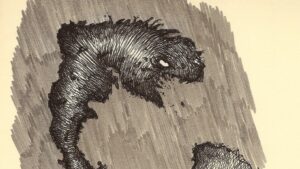
Music too isn’t impervious; Bjork’s music videos often feature surreal, monstrous characters, exerting a rebellious influence that disrupts the mainstream flow. Video games such as “Silent Hill” or “Resident Evil” intertwine fear with creativity, rendering nightmarish beings that players must confront.
Contending with these dimensional entities incites emotional responses, while pushing boundaries of character design. This wide-scale infiltration of Art Monsters redefines aesthetics across mediums, and evidences their indispensable role in contemporary creativity.
Artistic Criticism and Interpretation
Art monsters have carved a niche in the realm of artistic expression. They’re not just grotesque figures that shock or disturb. Instead, they’re powerful tools that artists use to challenge norms and provoke thought. From Bosch to King, Del Toro to Moore, these creative minds have harnessed the power of these unconventional figures to ignite imagination and reshape perceptions of beauty.
The influence of art monsters extends beyond the canvas or the written page. They’ve infiltrated popular culture, finding their way into music videos, video games, and films. This widespread presence underscores their significance in contemporary creativity.
Art monsters are more than just a rebellious force. They’re a testament to the boundless potential of the human imagination, a reminder that art isn’t confined to traditional beauty standards. They’re a celebration of diversity, a tribute to the power of creativity to transcend norms and redefine aesthetics. They are, in essence, the embodiment of artistic freedom.

